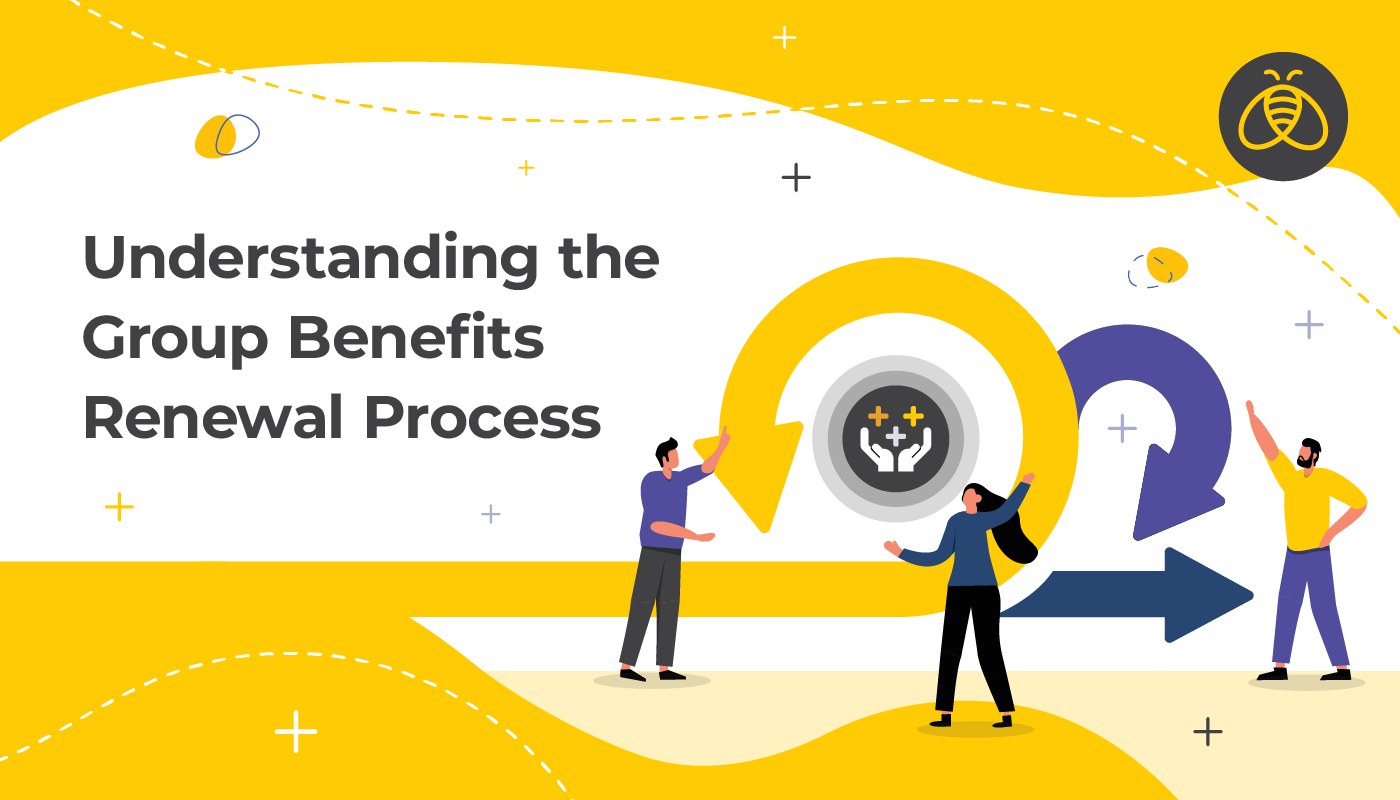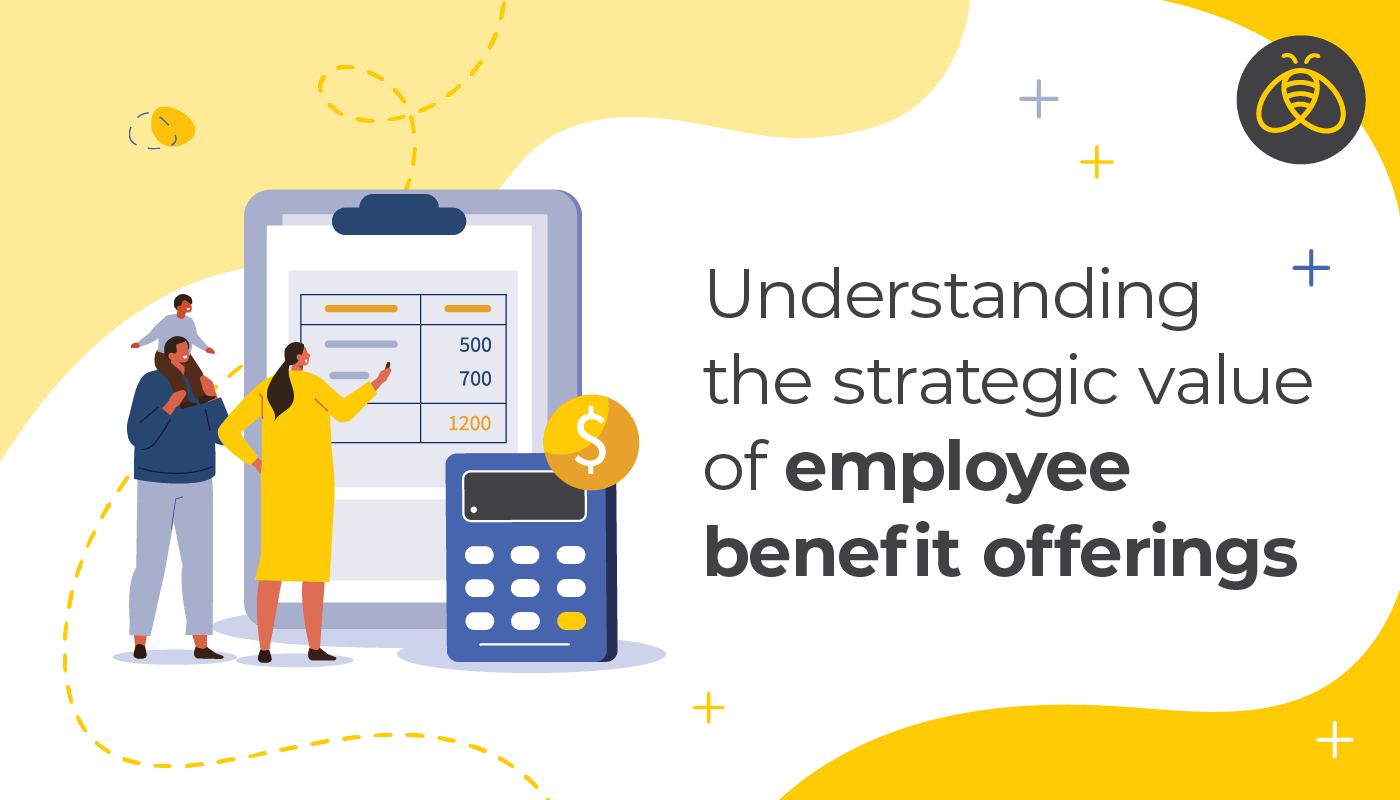Life Insurance, it’s one of those benefits you want to have but hope to never need. If you were to ask us (and, being a benefits company, we’ll admit to a small bias here) it’s also a fundamental component of many employee benefits programs.
How does it work? Do I need to offer it to my employees? What types are out there? To answer these questions (and more), we wrote this brief guide about the benefit.
What is Life Insurance?
Life insurance provides financial assistance in the event of a covered plan member’s death. Benefits are paid to the named beneficiary completely tax-free.
Expert Series — Life Insurance
Jordan Bulhoes, Product Lead at Benefits by Design (BBD) Inc., answers three key questions relating to this coverage including:
- What is Life Insurance?
- Why would an employer want to provide this coverage?
- Why would an employee want access to this coverage as part of their benefits?
What types of individual Life Insurance are out there?
Individual Life Insurance covers one person. With individual policies, you can purchase either a term or a permanent policy. With the term policy, you pay the same premium year over year for a specific term. Terms are typically 10-, 20-, or 30-years. If you die during the term, the insurer pays a pre-determined amount to your named beneficiary.
On the other hand, permanent Life Insurance provides lifelong protection because it covers you for your whole life. Unlike the term policy, your permanent policy will remain in force as long as you pay premiums. These policies are typically more expensive than the term policies as they are in force for an extended time.
While both types of individual policies are available in Canada, term life policies are more common. It’s important to know that many insurers will request medical information before providing this kind of insurance to determine a person’s risk or, in some cases, approval.
What is the difference between individual and group Life Insurance?
Group Life Insurance covers a group of people, typically a workplace, where the risk of death (and therefore a claim) is shared across a pool of employees. Many employers also pay a portion of the premium cost for the group life benefit, making it far more affordable than an individual policy.
Another important distinction between individual and group Life Insurance is that under a group policy, a medical examination may not be necessary. Non-medical Life Insurance can allow individuals not ordinarily eligible for coverage (or who would pay substantially high individual premiums) access to coverage.
You mention beneficiaries a couple of times. What is a beneficiary, and why do I need one?
A beneficiary is a designated individual who will receive a monetary payment upon your death. A beneficiary can be your spouse, common-law partner, children, dependents, another family member (e.g., brother, sister), a friend, or a charity. You can also choose to designate more than one.
Think about the people who depend on you financially – you would want to make sure they are taken care of if you die. By naming your beneficiaries, you can ensure that your life benefit proceeds go to the right people.
If you fail to designate a beneficiary, your proceeds will go to your estate.
Employee Death Benefits: Two Tales of Caution from a Benefits Expert
How does this type of insurance protect employees?
A Life Insurance policy eases the financial burden associated with death and protects those who are left behind. If your employees have families who rely on their income and are currently paying off debts, or mortgages, this product should be near the top of the list in terms of benefit priorities.
Why should Life Insurance be a part of my employee benefits plan?
To answer this, let’s first consider the demographics of your workforce. How many employees have spouses or children? Do any of them own a house and have a mortgage? Do they rely on two incomes to pay their bills and secure their families?
With that in mind, let’s take a closer look at three reasons to provide this benefit to employees:
Reason #1: Income Replacement
Consider what would happen to a family that relies on two incomes suddenly reducing to one. Without the additional proceeds of a Life Insurance plan, those left behind after the death of a family member can face significant financial hardship.
Reason #2. Cover Debts and Funeral Expenses
The proceeds from a Life Insurance policy can pay for debts that a family might otherwise be unable to cover, such as a mortgage. It’s also commonly used for funeral expenses, which can run an average of $10,000 or more.
Reason #3: Attract and Retain Talent
Job seekers take a potential employer’s benefits plan into account when looking for jobs. Offering a comprehensive benefits plan that includes a Life Insurance policy can help you stay competitive in the marketplace.
Speak with Your Insurance Advisor
An insurance Advisor can help you source and set up a Life Insurance policy or an individual or group level.



